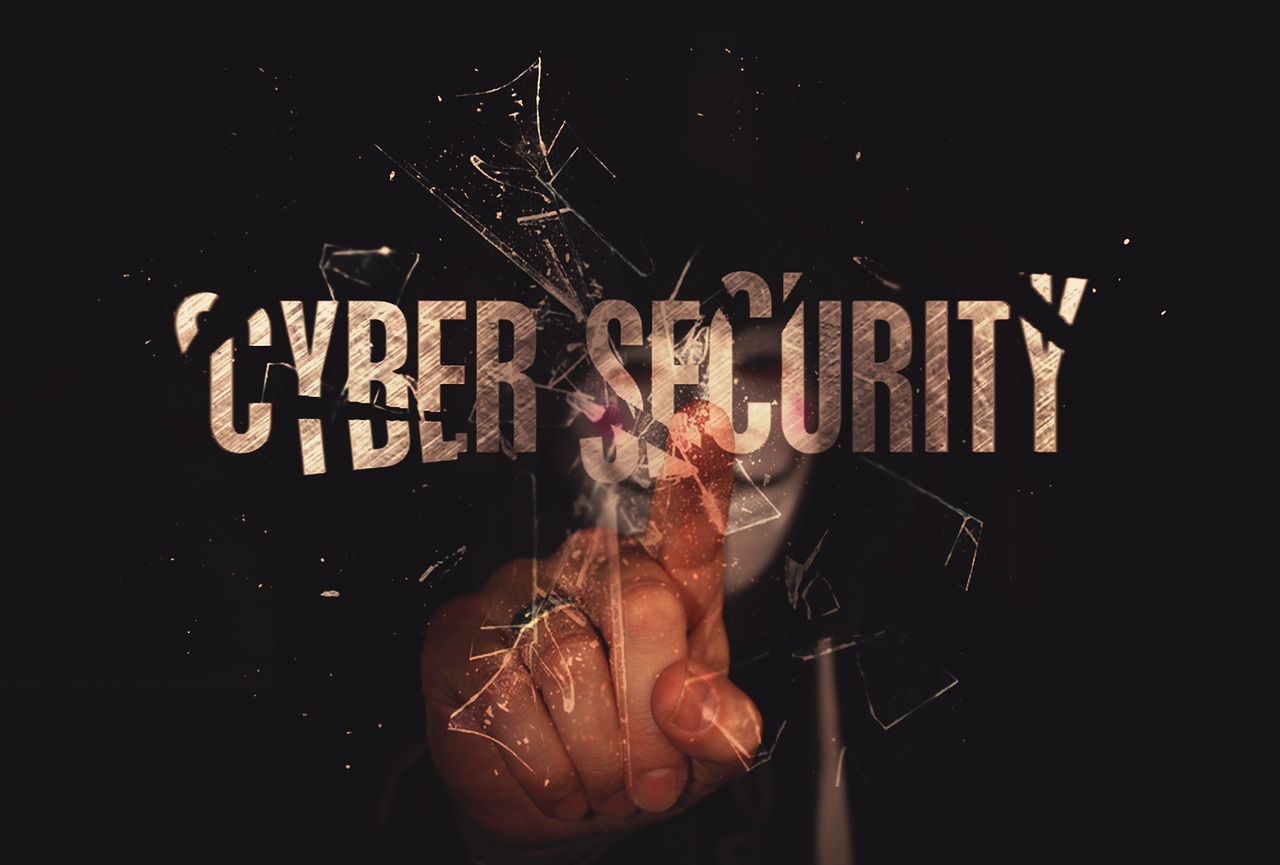As businesses increasingly rely on digital platforms for their operations, the risk of cyber threats and credential theft has become more prevalent. There are many documented examples of passwords being leaked or stolen by darknet hackers – one of the more famous cases was documented by the Washington Post. One recent incident that highlights the importance of proactive security measures is the breach of Okta Security’s customer support system by a darknet predator. The Okta Security breach occurred when a threat actor gained unauthorized access to the company’s support case management system using a stolen employee credential. It’s important to note that the support case management system is separate from Okta’s production service, which remained unaffected. However, the breach allowed the attacker to view files uploaded by certain Okta customers as part of their support cases. Okta promptly notified all impacted customers, ensuring that they were aware of the incident and taking necessary precautions.This breach serves as a wake-up call for businesses to implement effective darknet monitoring strategies and protect their valuable data from falling into the wrong hands.
Safeguarding Your Business Against Credential Theft
The Hidden Dangers of Employee Credentials on Third-party Servers
When employees use their professional credentials on third-party private websites, they may inadvertently expose their companies to potential security risks. One of the most significant risks is password re-use. Password re-use is a common practice where individuals use the same password across multiple accounts and platforms. While convenient, this practice can have severe consequences, particularly if one of those third-party websites experiences a data breach. In such an event, cybercriminals could gain access to the employee’s password and potentially use it to breach the company’s internal systems.
Securing the Gateway: Understanding and Defending Against Attacks on Company Credentials
Hackers can employ a variety of techniques to gain access to company credentials. Here are some common attacks and associated risks:
- Phishing:
- Attack: Fraudulent emails or messages tricking employees into revealing their login credentials.
- Risk: Unauthorized access to company systems and data.
- Keylogging:
- Attack: Malware that records keystrokes to capture usernames and passwords.
- Risk: Loss of sensitive information and potential data breaches.
- Brute Force Attacks:
- Attack: Automated attempts to crack passwords by trying numerous combinations.
- Risk: Account compromise and unauthorized access to company assets.
- Credential Stuffing:
- Attack: Using previously breached credentials to gain access to other accounts with the same username-password combination.
- Risk: Account takeovers and data breaches.
- Man-in-the-Middle Attacks:
- Attack: Intercepting communications between the user and the system to capture login details.
- Risk: Exposure of credentials and potential unauthorized access.
- Social Engineering:
- Attack: Manipulating individuals into disclosing confidential information.
- Risk: Unauthorized access and potential security breaches.
- SQL Injection:
- Attack: Inserting malicious SQL queries into input fields to gain unauthorized access.
- Risk: Exposure of database information, including user credentials.
- Spyware and Malware:
- Attack: Software that is designed to spy on user activities and capture sensitive information.
- Risk: Loss of credentials, financial loss, and potential data breaches.
The Role of Darknet Monitoring
Darknet monitoring plays a crucial role in identifying and mitigating cyber threats before they cause significant damage. By actively monitoring the darknet, businesses can identify potential breaches, credential theft, and other malicious activities that could compromise their systems. Implementing a robust darknet monitoring system enables organizations to stay one step ahead of cybercriminals by proactively detecting and addressing vulnerabilities. Darknet bad actors make passwords that they have stolen publicly available, via hacker Forums, as a way of generating business: fellow hackers will seek out new and fresh stolen credentials on these darknet trading sites. Kaduu, a leading vendor of darknet monitoring services, offers a solution which allows organizations to be notified immediately any relevant credentials are offered on darknet forums.
The Deepweb and Its Role in Cybersecurity
The deepweb, often associated with illegal activities, plays a significant role in cybersecurity. It encompasses the part of the internet that is not indexed by search engines, making it an attractive space for cybercriminals to operate anonymously. Darknet marketplaces, where stolen credentials and other illicit goods are traded, are a major concern for businesses. By monitoring the deepweb, organizations can detect potential threats and take proactive measures to protect their data.
Leveraging Cyberthreat Intelligence
Cyberthreat intelligence is a critical component of any effective darknet monitoring strategy. By gathering and analyzing information from various sources, businesses can gain insights into emerging threats, hacking techniques, and potential vulnerabilities in their systems. This intelligence allows organizations to develop proactive defense mechanisms, anticipate attacks, and mitigate risks effectively.
Conclusion
The Okta Security breach serves as a stark reminder of the ever-present threat of credential theft and cyberattacks. By implementing effective darknet monitoring strategies, businesses can proactively safeguard their data, detect potential breaches, and mitigate risks. Continuous monitoring, employee education, and collaboration with cybersecurity experts are key to staying one step ahead of cybercriminals. Protect your organization from the darknet’s nefarious activities and ensure the integrity of your valuable data.
Remember, having a robust darknet monitoring system in place is not a choice but a necessity in today’s digital landscape. Stay vigilant, stay secure.
For details, contact: colin@kaduu.io
